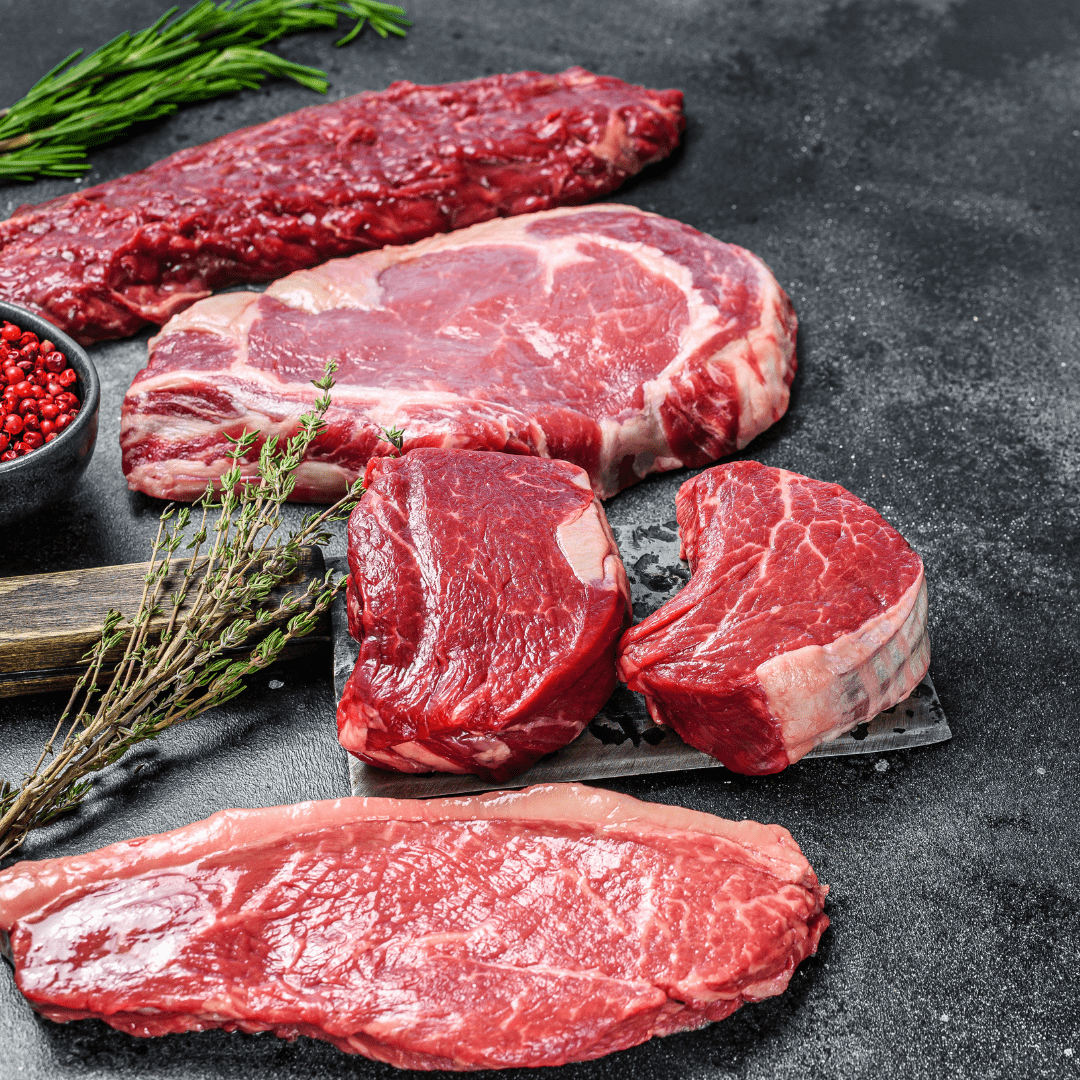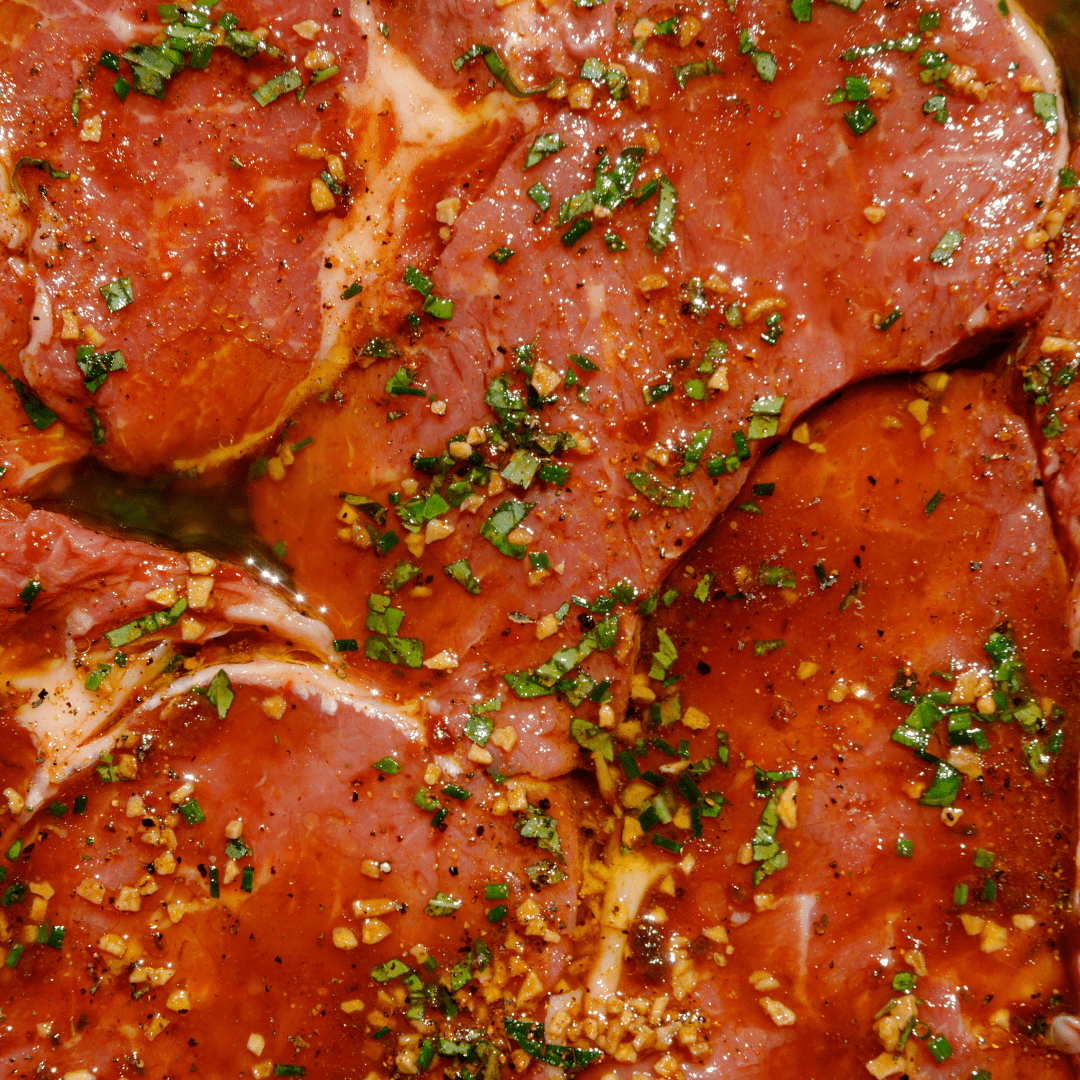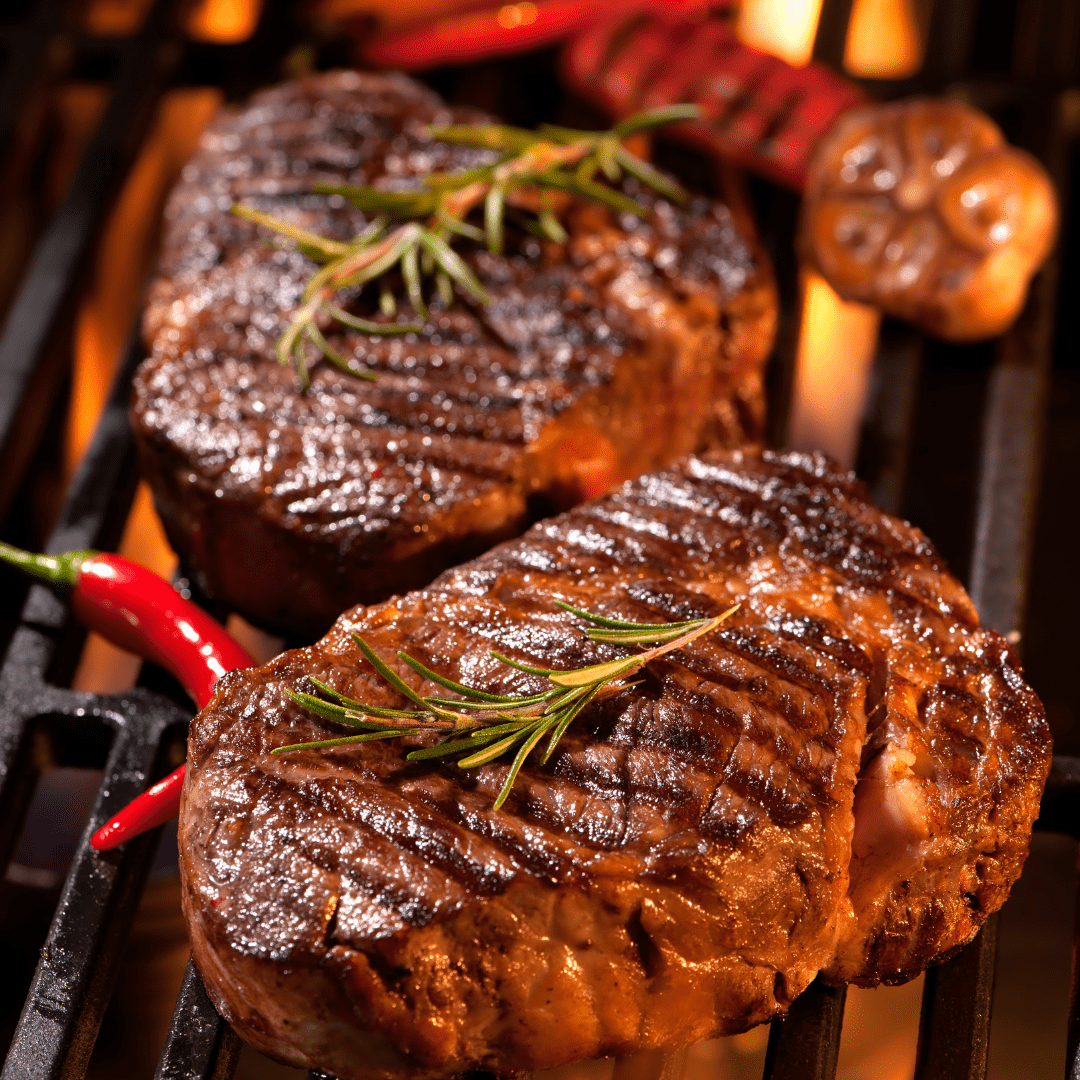Table of Contents[Hide][Show]
Did you know that grilling your steak in preparation for another meal is a healthy choice? Grilling is one of the healthiest ways to cook because it causes excess fat in the food to melt and drip off instead of reabsorbing.
Furthermore, it enhances the overall flavor of the food. When a piece of steak is grilled, it undergoes a Maillard reaction. This is a process where amino acids present in the food are broken down and react with sugar molecules to produce new flavors.
How you prep the ingredients for your meal will determine the overall outcome of that meal in terms of appearance, aroma, and taste.
Choosing the right cut
Choosing the proper cut for your steak depends on what you want to cook. For meals like ribeye and strip steak, thick cuts of steak are used. The steak au poivre soup, a French classic, is also made with thick cuts.
Thin cuts cook faster and are more suitable for cooking with a bunch of other ingredients. The steak fettuccine pasta recipe, for example, would require thinly cut steak pieces.

Prepping the steak
The seasoning stage of meal prep is always the most critical. Too little seasoning and the food comes out bland; too much and it becomes inedible.
Add some salt and other desired spices to your meat. One-quarter of a teaspoon of salt is used for every pound of meat. You can also add about a tablespoon of cooking oil (groundnut or sesame oil) to give the meat some moisture.
Marination can be applied for thinner cuts since these pieces of meat are more likely to absorb the marinade. After marination, cover and place it in the fridge for at least three hours. Bring it out from the fridge fifteen minutes before you begin the grilling, or your steak will not cook properly.
Remove excess moisture before placing the steak on the grill grate to ensure a crisp sear.

Preheating the grill
Preheating your grill offers the opportunity for faster browning of your steak. It also allows your grill to reach an optimum temperature for searing. The ideal time to preheat your grill is fifteen to twenty minutes.
To ensure optimum grilling, your grill grate has to be clean and free from adhering debris. The presence of debris and other particles will affect the heat distribution during grilling.

Grilling technique
No matter the grilling technique employed, expert grillers agree that flipping your steak too often will affect your grill. Instead, allow each side to get seared properly before flipping.
The two-zone grilling technique is the most efficient. In this technique, the grill is heated to two different temperatures. For a gas grill, you can achieve this by simply regulating the intensity of the burners on both ends, keeping one burner low and the other high.
If you use a charcoal grill, arrange the lit coals on one side to create a very hot region. The heat generated will also spread to the other end of the grill to create a less hot region.
The hotter side is used for the searing through direct heat and the other is for finishing up the cooking through indirect heat. This makes it easier to control the cooking process.
For thinly cut meat like the flank, the searing technique is used. It is placed over direct heat until the desired temperature is attained. Subsequently, the meat is flipped from side to side to ensure even browning.
A different method is usually applied to thicker chunks of meat. To grill a T-bone, for example, use the reverse sear method. Indirect heat is used for cooking instead of cooking with direct heat, as is done with thinly cut meat. This cooking style is a modified version of oven cooking or air frying.
Once your not-so-hot side of the grill is as hot as 220 degrees Fahrenheit, place the steak there and cover the grill. This ensures a slow-cook process. When the steak reaches the desired temperature, move it to the grill’s direct heat part (the hotter side) for searing.
N.B: When the grilling is ongoing, there will likely be flare-ups. The solution is to simply change the position of the steak by sliding it gently over the grill. If you’re using a charcoal grill, water could help stop the fire, but it will also create ash. This makes it a wrong choice.
There is no grilling technique with a hack to know if your steak is ready. The only way to tell is by checking with a thermometer. An optimum temperature for medium grilled steak is 125 degrees Fahrenheit. But it could also go as high as 145 degrees Fahrenheit, depending on your cooking goal.
This temperature-checking step is done by measuring the internal heat of the meat.
The ideal temperatures for various grilling results are:
- Rare (red and cool on the inside): 115°– 120° F
- Medium-rare (red and warm in the center): 120°– 125° F
- Medium (pink and firm throughout): 130°– 135° F
- Medium-well (slightly pink on the inside): 140°–145° F
- Well Done (cooked throughout): 150° F

Resting period
At this stage, the grilling is complete and your steak is now ready for the cooking process as an ingredient. Otherwise, it is also safe for consumption at this stage.
The steak is left alone on a plate for about five to ten minutes during the resting period. Some grilling experts believe this allows the steak to cool off a bit before digging in. but this is not true.
The essence of resting the steak is to allow the meat to reabsorb the flavorful juices that may have moved to the surface of the steak during the grilling process.

The next stage of your cooking will be determined by what you intend to prepare. But as far as prepping the steak is concerned, you’re good to go!






 How To Remove Your Makeup
How To Remove Your Makeup
Leave a Reply